

How to Install a ReadyLIFT SST Lift Kit 4 in. Front with 3 in. Rear on your 2007-2015 Jeep Wrangler

Shop Parts in this Guide
Installation Instructions (69-6400)
Securely raise vehicle off ground and remove (4)wheels
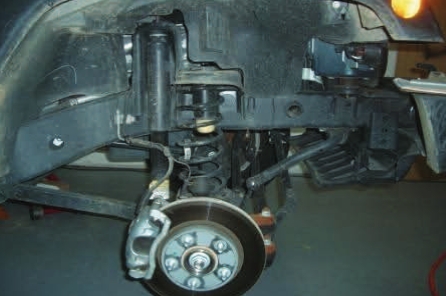
Support front axle and remove upper trac bar bolt.

Remove (2) front transfer case skid plate bolts.
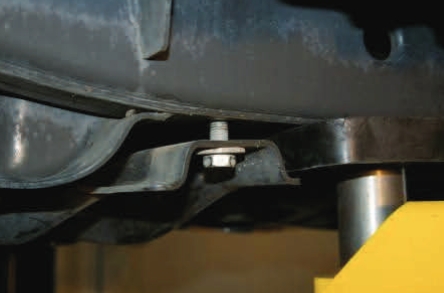
Disconnect dr./pass. lower front swaybar endlinks
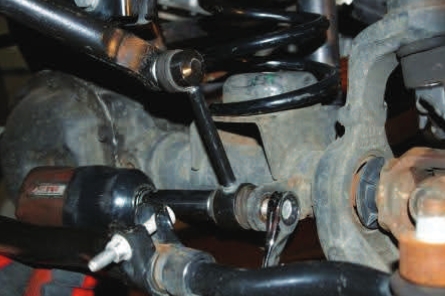
Disconnect and remove front lower shock hardware.
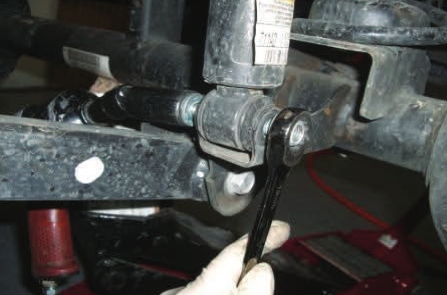
Carefully lower front axle enough to remove front springs.
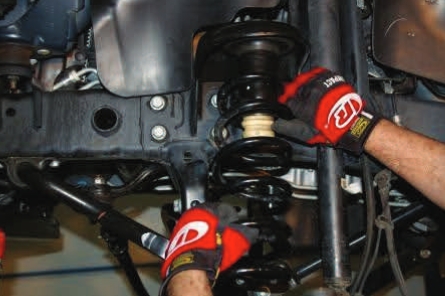
Center, mark and drill 11/32 hole for self tapping bolt.
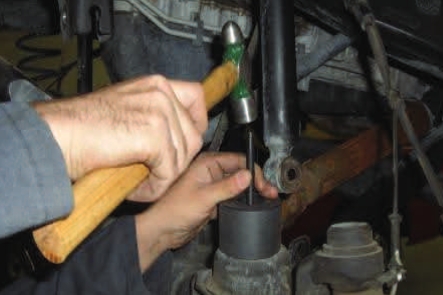
Install new springs/bumpstops extensions simultaneously.
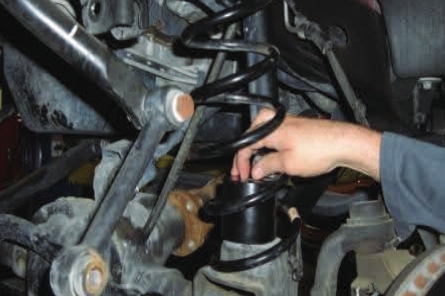
Secure bumpstop extensions to axle with provided hardware.
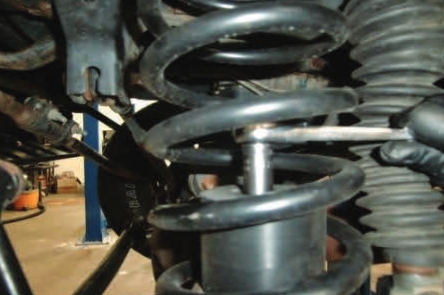
Install front lower shock extensions and torque to spec
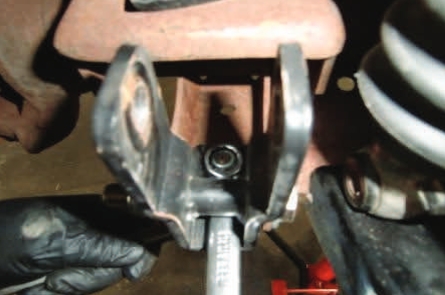
Raise axle and reinstall OE front shocks and torque to spec.
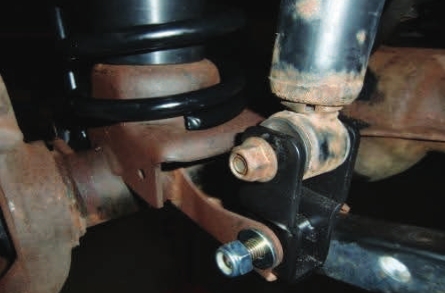
Reinstall front transfer case skid plate bolts.
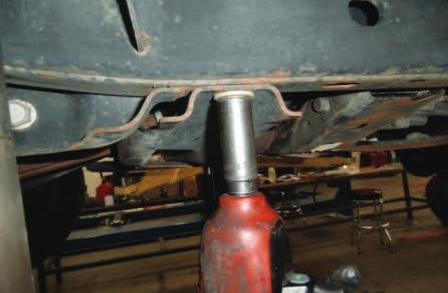
At the rear, remove center brake line nuts under body.

Install provided brake line extension bracket and hardware.
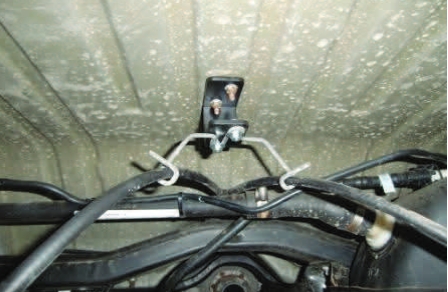
Disconnect and remove rear swaybar endlinks
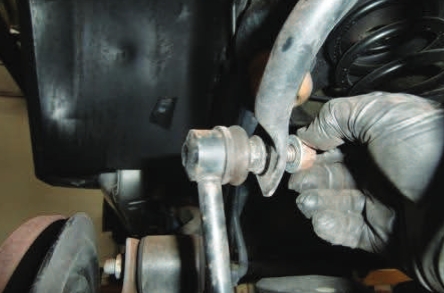
Remove rear brake calipers.
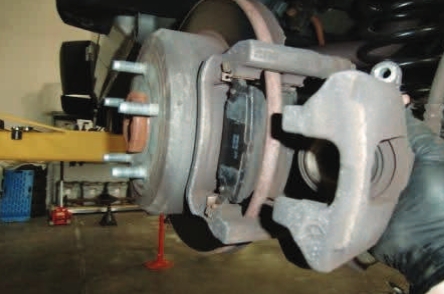
Slightly lift rear axle and remove upper trac bar bolt.

Next, remove rear upper shock bolts.
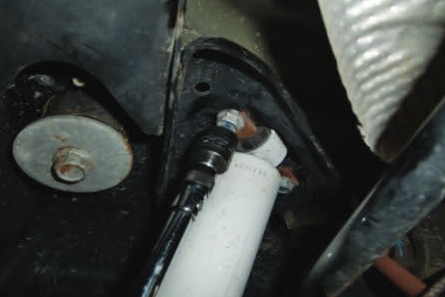
Carefully lower rear axle and remove rear coil springs.
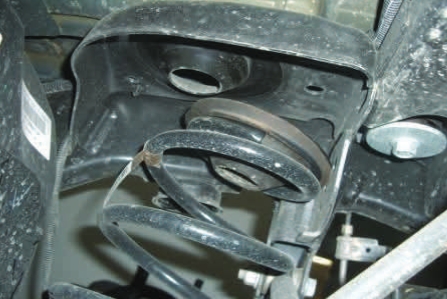
Install new upper trac bar bracket with provided hardware.
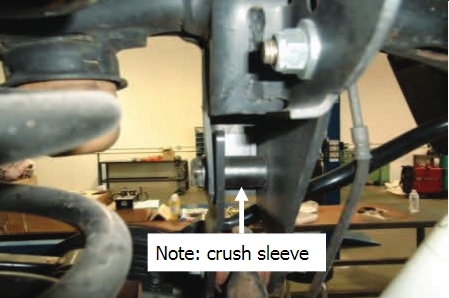
Install rear bump stop extensions with provided hardware.
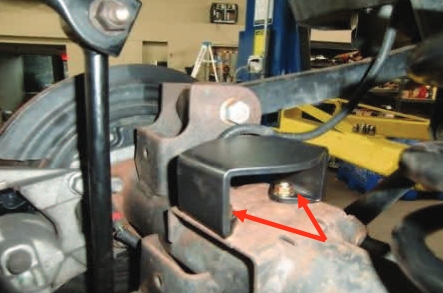
Install new coil springs and OE isolators and raise axle.
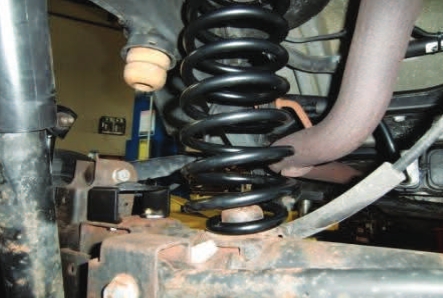
Install upper shock extensions with provided hardware.
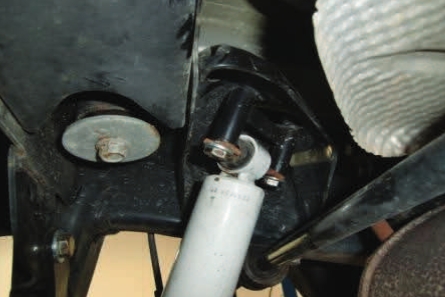
Reinstall rear brake calipers and torque to spec.
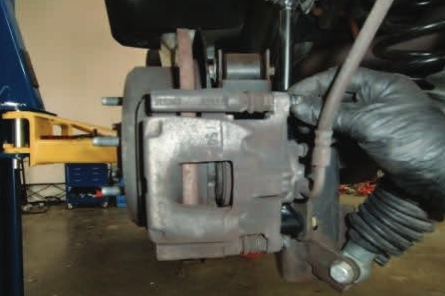
Carefully raise rear axle enough to reinstall upper trac bar.
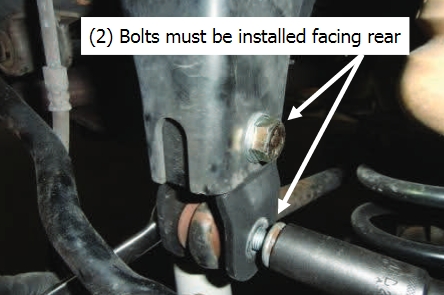
Attach new swaybar endlinks and hardware.
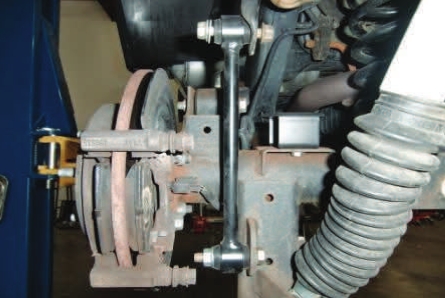
Reinstall wheels and tires and lower vehicle to ground.
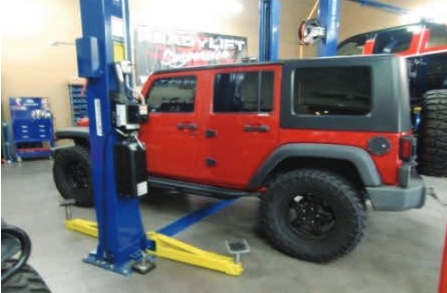
Attach new front swaybar endlinks and hardware.
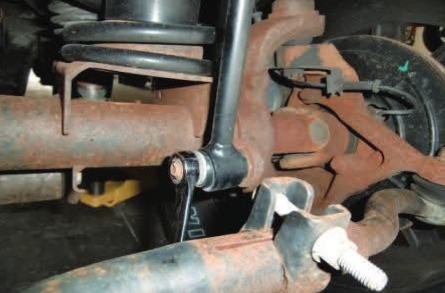
Reconnect front upper trac bar with OE hardware and torque.
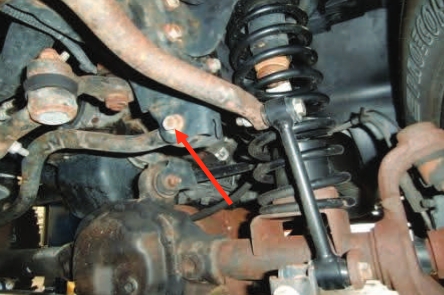
Torque wheels to spec., test drive and get vehicle alignment.
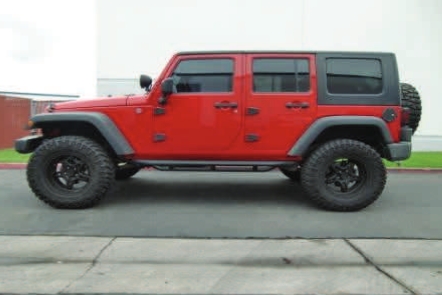
Final Checks & Adjustments
Post Installation Warnings: Once the vehicle is lowered to the ground, check all parts which have rubber or urethane components to insure proper torque. Torque wheels to factory specs. Move vehicle backwards and forwards a short distance to allow suspension components to adjust. Turn the front wheels completely left then right and verify adequate tire, wheel, brake line, and ABS wire clearance. Test and inspect steering, brake and suspension components for tightness and proper operation. Inspect brakes hoses and ABS lines for adequate slack at full extension. Failure to perform the post inspection checks may result in vehicle component damage and/or personal injury or death to driver and/or passengers. Test drive vehicle and re-check the torque of all fasteners and re-torque wheels on vehicle. Readjust headlamps.
Vehicle Handling Warning: Vehicles with larger tires and wheels will handle differently than stock vehicles. Take time to familiarize yourself with the handling of your vehicle.
Wheel Alignment/Headlamp Adjustment:
It is necessary to have a proper and professional wheel alignment performed by a certified alignment technician. Align the vehicle to factory specifications. It is recommended that your vehicle alignment be checked after any off-road driving. In addition to your vehicle alignment, for your safety and others, it is necessary to check and adjust your vehicle headlamps for proper aim and alignment
Vehicle Re-Torque and Safety Inspection:
Upon completion of all services and adjustments performed on your vehicle, and within 50 miles of driving, check to ensure all fasteners and hardware are properly torqued to specification as noted in the vehicles factory service manual or the torque chart included.

